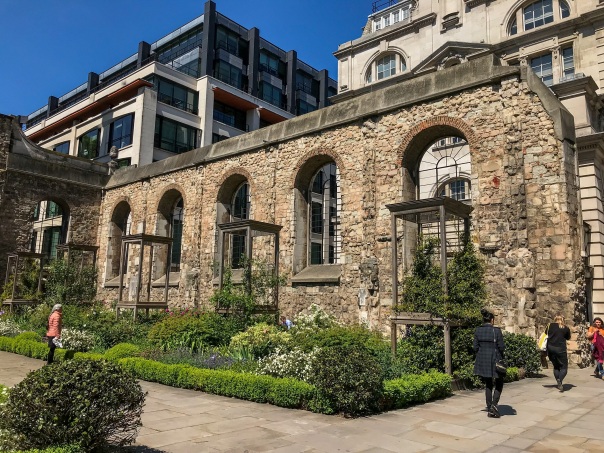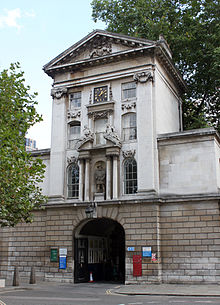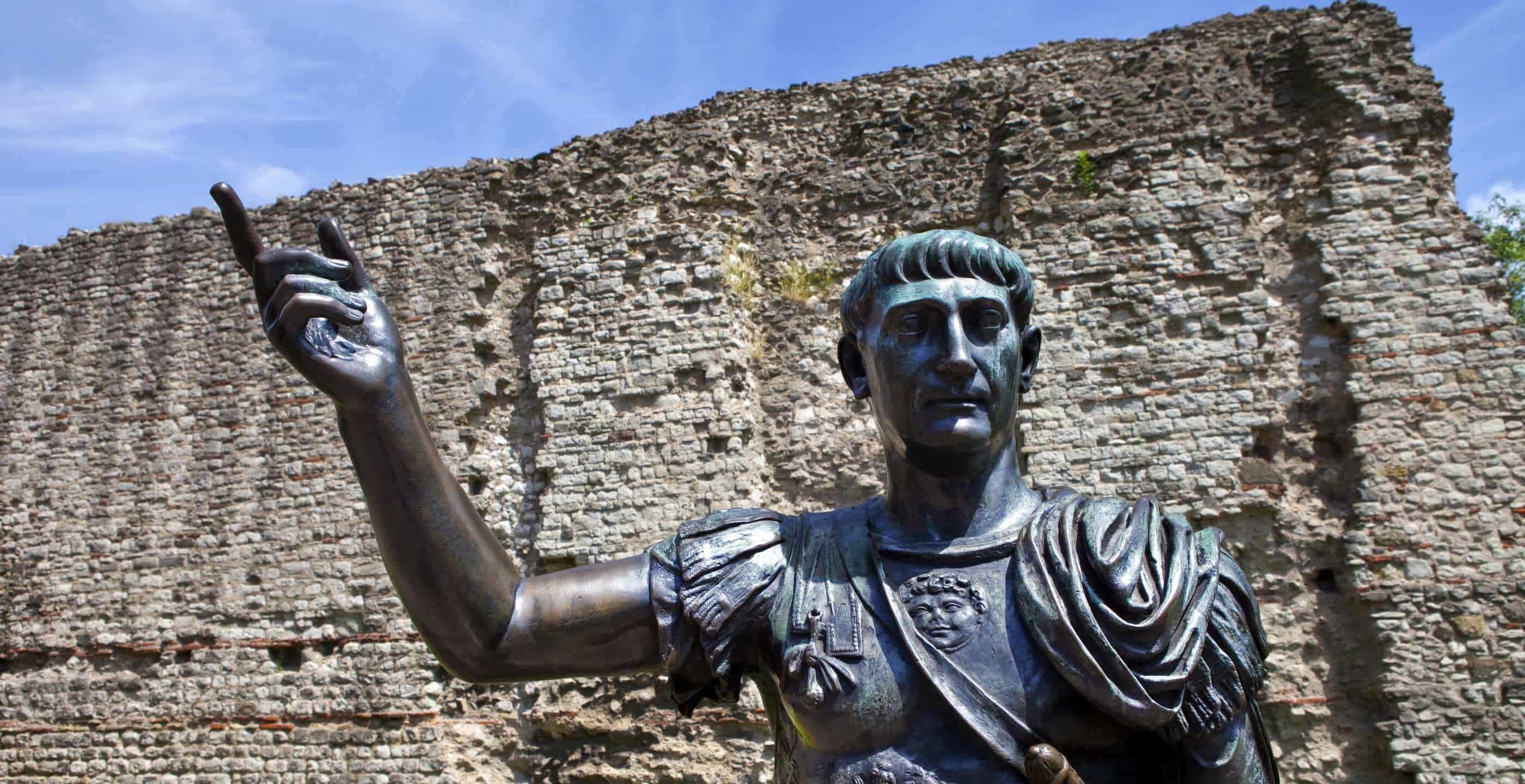Welcome back to London.
Let’s start walking (where we left off last Tues.)
Stat out along Charterhouse St. Heading south
After 43 yards turn left onto Fox & Knot Street south
abut 33 yards and continue straight on Lindsey St. Still south
After 98 yards turn right onto Long Lane
41 more yards turn left onto Cloth Court and go south
another 37 yards and Right onto Cloth Fair—-south
Cloth Fair is a pretty Street named after the rowdy Bartholomew Fair which was a major cloth fair during the Medieval and into Elizabethian times. It was held annually at Smithfield (until 1855—sorry you missed the last one)
Your destination is 21 yards along Cloth Fair
41 & 42 Cloth Fair
(walk by only—not open to the public)
These are two houses that survived the Great London Fire of 1666
Two 17th c houses with tall wooden bay windows that stretch from the 2nd to the 3rd floor—-but you gotta look up to really enjoy the old as the ground floor is very modernized
who lived here for most of his life, dying here in 1984.
44 Cloth Fair
in what used to be Betjeman’s study is now a wine bar and restaurant, part of the Jamie’s wine bar chain
On Cloth Fair as well
Said to be the best preserved medieval Interior of any London Church.
Founded 1123
By Rahere, Once a Jester in Henry I’s court and became a monk after a bad (a very bad?) dream of being attacked by a winged monster from which St. Bartholomew save him.
13th c cloisters—supposedly from a church whose naive suffered from Henry VIII’s Dissolution. Today the Arch leads to a small burial grounds. Gatehouse above from an earlier period.
The church retains crossing and chancel within rounded arches and many othere Norman detailing.
Also: Some Tudor and other era ornaments.
baptized here
Some parts were use for secular enterprizes:
i.e. Blacksmith’s forge and a store.
1725 US Statesman Benj. Franklin worked for a printer in the Lady Chapel
Neighborhood: Clerkenwell—which declined in the 18th c to a muck filled cattle yard and cheap gin distilleries.
even worked here editing his work.
After that it went back to decline and disrepair until the last century when it was re-invented by the monyed and is a popular neighbor hood today
There are a couple of vacation rentals at
that gives you an example of other options for stays—-These are property of the Historical Trust and are furnished and rented in the heart of the City of London—-its an option that a lot of travelers don’t even realise exists—-but click on Cloth Fair just below the picture and see what it offers and cost……check around the site for other locations and options—–something that might add a bit of spice to your vacation!
Now Start out along Cloth Fair heading south
After 41 yards turn left onto West Smithfield
Initially passing:
After 17 yards turn left onto Little Britain
After 150 yards turn right
You’ll reach our destination after 240 yards
St Bartholomew’s Hospital
Barts Health NHS Trust
Barts-main-entrance.jpg
The King Henry VIII Gate at Barts was completed in 1702
(qv. the statue above the arch is the only statue of Henry VIII in London).
St. Barts has stood on this site since 1125. But the oldest parts of the existing buildings only date from 1799.
That jester of Henry I’s , yeah the one who that became a monk, founded this hospital as well as the church with the same name.
There’s a small musuem here that tels how Wm. Harvey discovereed the circulation of blood in the 17th c. Also the Grand staircase has two large Hogath’s painting—-Hogarth was born nearaby in Bartholomew Close.
For Tours of the hospital you need to contact them
15th c tower and vestry
on hospital gounds
Has a 20th c stain glass window of a nurse (as a retired nurse I espically like that)
mostly 1820’s restoration
Basically explaining the obvious— that it’s good to get tours in advance—but also you might want to not plan your exact dates for these
For instance:
So if you already had plans for your Friday(s) you’ve missed out on you hospiral tour and the paintings in the stairways
Others may have multiple or montly or what ever so some you may only get to walk by even i you do plan ahead—but odds are better that you’ll get that tour with a little pre-planning.
Start out by heading east towards Little Britain
About 250 yards bear lft onto Little Britain, heading
north
150 yards along the street turn left into West Smithfield now going south.
We’ll reach our destination in 150 yards along West Smithfield.
Also known as Christ Church Newgate, Originally a Catholic Church until the Reformation when it became Anglican. Built first in the gothic style and then after the Great Fire in 1666 it was rebuilt in the English Baroque style by Christopher Wren. It was destroyed a second time during WWII and this time during a reorganization of the Church of England in 1949 the paish was meged in 1954 with the nearby St. Sepulchre-with-out-Newgate and it was descided not to rebuild this church again. The spire was still standing but was disassembled in 1960 and reconstructed with modern methods. The property was rearranged and some of the existing ruins moved or demolished to make way for street widenings, new construcction and the like. In 1989 the nave area was made into a public garden and memorial.
Merrill Lynch’s built a regional headquarters here and when they did the site got a major renovation. In 2006 the tower and spire were converted into a modern 12-story pivate residence. If you go to St. Sepulchre you can see the wooden font cover topped with a carved angel from this church in the porch there.

This little section of old London destroyed in newer but still old to many of you is good example of the layers of London—I had researched this church built in ancient times, destroyed in less but still ancient time by fire and then by bombs from an enemy that never set foot on their isle—–but when I was researching this article I found out that a large nu)ber of Frenvh Queens (if you study English history you will find that French Queens had a way of taking over—-and there were so many of them—–this she wolf was—well did you ever see Braveheart—-she was the Queen (or Princess at the time we saw he—married to Edward I’s (the one who threw th guy out the castle window) gay son (Edward II by the way). Now I find she along with a few other French Queens and other French women married into English
While Edward’s great love his first wife is buried with him in Westminster Abbey, his 2nd wife was actually buried at this church. as are several French as well as some other more local royals—one queens heart was interred here—–knowing all this (and much more about what and where you are seeing and visiting) makes it more fun for me and probably for a lot of people—and adults—want to get you kids into history—-get into story telling—-not a strange name on a boring page but once a living, breathing person who did this and that—-being a medieval monarch is —-sorry Queen Elizabeth (II) but the Original Elizabeth (I) was a bit bigger act than you (though you all did make it through WWII—and keep the country together so you have your amazing and bigger than life stories as well—so guys gt out there and check out history for where ever you want to go.
If you look about you in London—especially the City of London you will note well preservd sections of the ancient Roman wall built by guess who and maintained for protection of the city into the middle ages.
And so we’ll end Day 3 in London—-and will do Day 4 next week


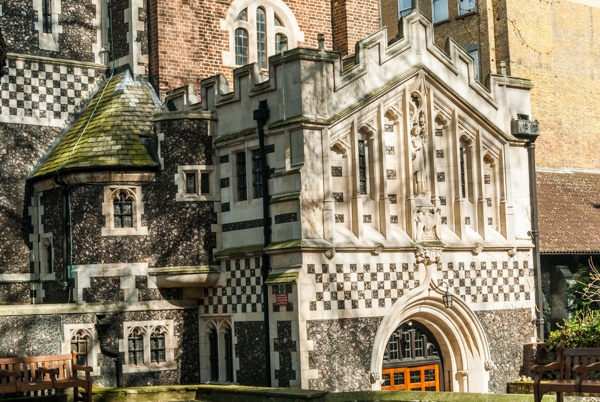
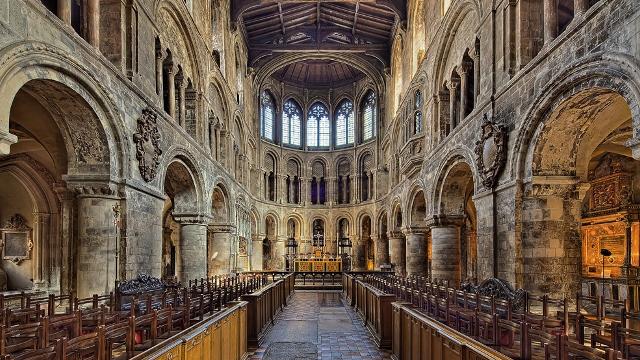
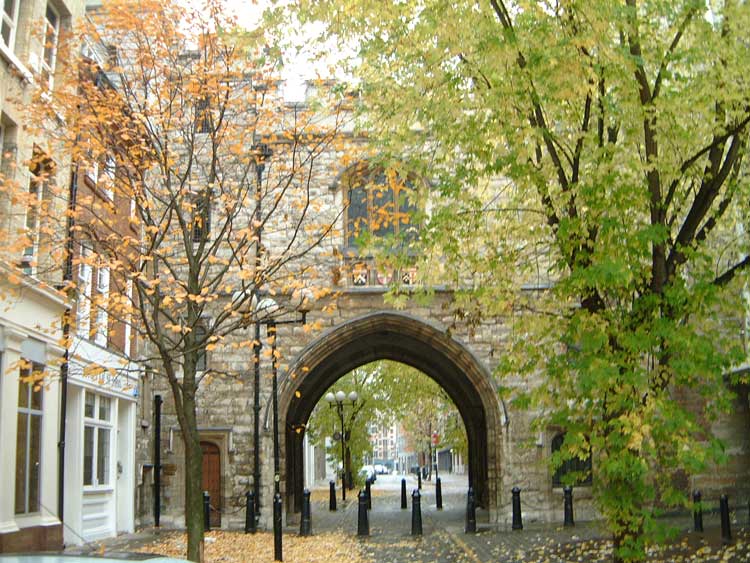

 Conjectural Plan of St Bartholomew at the Dissolution (http://www.medart.pitt.edu/image/England/London/St-Bartholomew/London-St-Bart-the-Great%20A.html)
Conjectural Plan of St Bartholomew at the Dissolution (http://www.medart.pitt.edu/image/England/London/St-Bartholomew/London-St-Bart-the-Great%20A.html)